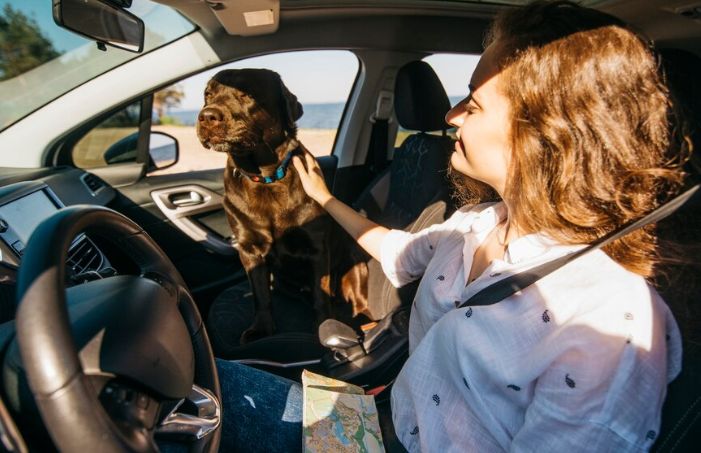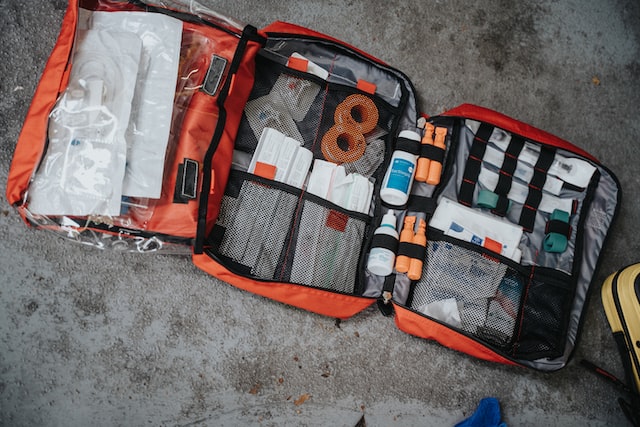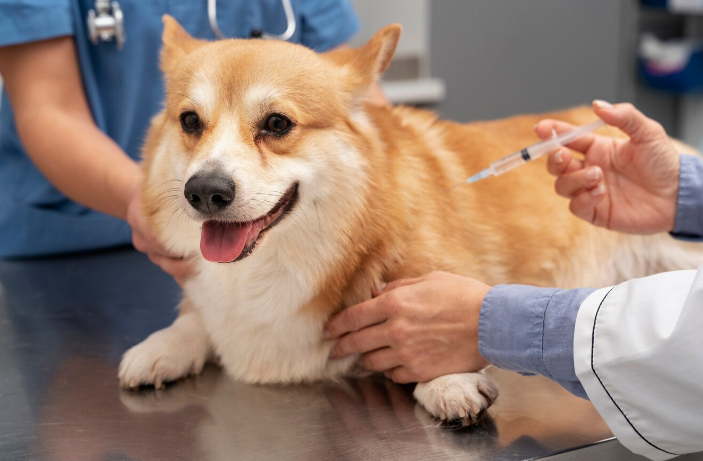
What is the most important thing to consider when raising a dog? You may think of many important aspects of the process such as feeding them quality food, exercising them, regularly taking them on walks, bonding with them through playtime, etc. However, when we take care of another living being, their health and safety should be our priority.
Ensuring our furry friends are healthy and safe features many factors, and bringing them for regular veterinarian check-ups and keeping them up-to-date with all the necessary vaccinations is one of them.
This is particularly important when it comes to serious diseases such as rabies that can be fatal.
What Is Rabies?
Rabies is a serious viral disease that mainly impacts the central nervous system and leads to brain disease. It is almost always fatal once symptoms appear, so seeking medical intervention before symptoms manifest is crucial.
Due to the severity of the disease, and the potential risks to both pets and humans, rabies vaccination is crucial for dogs. Immediate post-exposure treatment is known as a post-exposure prophylaxis (PEP).
The frequency of rabies vaccinations can vary based on several factors including local laws, the dog’s age, and the type of vaccine used.
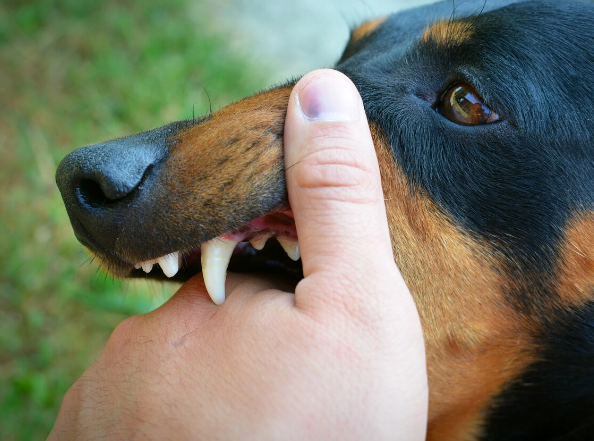
How Is Rabies Transmitted?
The virus is transmitted through the saliva of infected animals. These animals can spread the virus by biting or scratching another animal or a human. Another option, although rare, is for rabies to be transmitted through infected saliva that enters an open wound or comes into contact with mucous membranes, such as those in the mouth or eyes.
Who Can Be Infected by Rabies?
The disease infects mammals, including humans, dogs, cats, livestock and wildlife.
What Parts of the World Are Most Affected by Rabies?
According to the World Health Organization, rabies is present in more than 150 countries and regions worldwide. Africa and Asia are currently the most affected regions.
You can review the data collected by the WHO regarding the areas with dog-mediated human rabies on their website.
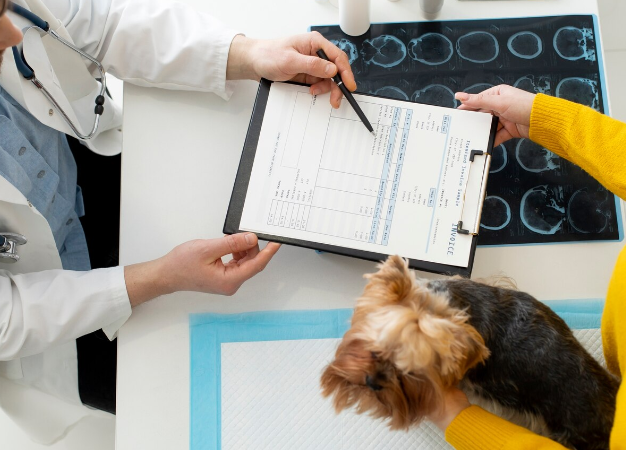
Initial Vaccination Schedule
Since you have learned about the severity of this disease, let’s explore how to protect our paw friends through vaccination!
Puppies typically receive their first rabies vaccine between 13 and 16 weeks / 3–4 months of age, no earlier than 12 weeks of age. This timing allows the vaccine to provoke an immune response in the puppy. If the vaccine is given too soon, maternal antibodies, which are passed from the mother during pregnancy or through nursing, can remain active in the puppy's system and potentially hinder the vaccine's effectiveness.
It is important to note that the specific timing for rabies vaccination can vary based on local regulations, which affect vaccination schedules. Additionally, it may depend on the veterinarian’s recommendations based on the puppy’s health and breed.
Regular veterinary check-ups are essential to monitor the puppy’s health and ensure the vaccinations are up-to-date. They also help ensure compliance with the health regulations in the specific area.
Booster Shots for Adult Dogs
After the initial vaccination, adult dogs usually require booster shots to maintain immunity. The timing of these boosters depends on the type of rabies vaccine administered.
1-Year Vaccine
This vaccine is valid for one year, and most regions require dogs to receive booster shots annually. However, certain areas may permit the use of a 1-year vaccine only under particular conditions or during designated times of the year.
3-Year Vaccine
The 3-year rabies vaccine is a common choice for many pet owners. As its name implies, it provides immunity for three years. In many areas, dogs can receive this vaccine every three years, but it’s essential to check local laws and regulations, as some areas might have different requirements.
Local Laws and Regulations
As mentioned above, rabies vaccination requirements for pets can vary widely based on local and state regulations.
There are various factors that may affect these regulations, such as public health considerations, the prevalence of rabies in the area, and the recommendations of veterinary and health organizations.
In many territories, the law requires dogs, cats, and sometimes ferrets to receive rabies vaccinations. Some regions require annual rabies shots, which means pets must be vaccinated every year to ensure ongoing protection against the virus.
In contrast, the booster schedule in other areas is on a three-year basis. This enables pets to receive the vaccine once every three years after their initial vaccination shots.
It is crucial for pet owners to familiarize themselves with the specific rabies vaccination requirements in their area.
Remember that if you do not comply with these regulations, this can result in fines, mandatory quarantine for your paw friend, or even the loss of the pet in some cases. If you are not sure where to check the relevant information about rabies vaccinations in your region, just consult your veterinarian. They will guide you on the appropriate vaccination schedule based on your pup’s health, lifestyle, and local requirements. Additionally, contacting local animal control authorities can help clarify any specific regulations in your area.
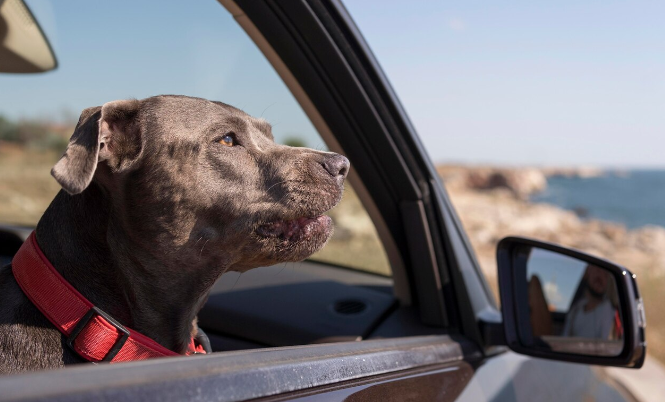
Rabies Vaccinations for Traveling with Dogs
Whether you have a pet dog or service dog, they need to be up-to-date with the necessary rabies vaccination to be allowed to travel.
On Aug 1st, 2024, the Centers for Disease Control and Prevention issued new regulations for traveling with dogs to the US.
“CDC values the feedback received from various countries, industry partners, and the public. CDC simplified the process for meeting requirements for dogs arriving from dog rabies-free or low-risk countries. This means that for dogs that have been only in dog rabies-free or low-risk countries for the last 6 months, the one form you will need is the CDC Dog Import Form, which should take a few minutes to complete.”
We highly recommend reviewing the countries considered high-risk of rabies, and the regulations regarding traveling from these countries to the US.
What Factors Affect Vaccination Frequency?
Travel
If you are planning to travel with your dog, especially internationally, it is essential to research the rabies vaccination requirements at the destination, including all transit countries your trip may include. Most countries have strict regulations regarding pet import, which often include proof of rabies vaccination.
Furthermore, some destinations may require a booster shot within a specific time frame before entering the country. For instance, if the law mandates that the rabies vaccination must be administered within 12 months before entry, you may need to schedule a booster shot to meet this requirement.
Additionally, you may need an official vaccination certificate or health declaration from a licensed veterinarian. It is essential to ensure you have all the necessary documentation in order to avoid issues at customs.
Health Conditions
Dogs with underlying health conditions, such as autoimmune diseases or those on specific medications, may have different vaccination needs. In some cases, standard vaccination schedules may not be suitable due to the risk of adverse reactions or the dog’s inability to generate a sufficient immune response.
This requires evaluation of the dog's health by a veterinarian, who can then recommend a customized vaccination plan. To ensure the dog’s health and safety, adjusting the timing of vaccinations or selecting alternative vaccines might be needed.
Exposure Risks
Dogs who live in or frequently visit areas with wildlife, such as raccoons, bats, or feral animals, are at a higher risk of rabies exposure. In such cases, a more frequent vaccination schedule may be advisable to ensure adequate protection.
Moreover, dogs who spend a lot of time outdoors or in dog parks where they interact with other animals might also be at increased risk. It is important to assess your dog’s lifestyle and exposure to potential rabies carriers and provide as detailed information as possible to your veterinarian.
They will give you advice regarding the frequency of vaccinations and any preventive measures based on your dog’s lifestyle.
Remember that keeping your paw friend up-to-date with the necessary vaccinations is crucial for their health and the health of those around you. It is important to be a responsible pet parent and prioritize your pet’s health.






